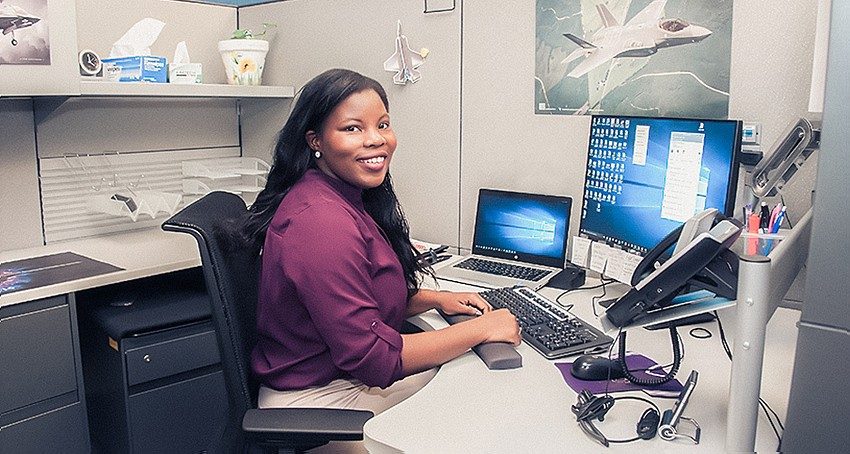
Mathematics is a subject that either makes people jump for joy or rip out their hair.
As you read this, students are probably sitting in their various math classes tapping their fingers impatiently and wondering aloud, “Why does any of this matter?”
I’m here to say that math really does matter.
Some reasons are practical, such as telling time, reading an odometer or counting change. In my job, I rely on mathematics to predict the future—literally.
For example, in my role, I use complex equations and data to build projection models and analyses that provide valuable insights into probability and trending associated with manufacturing. The data my teammates and I deliver helps our production team anticipate issues and to correct these trends to ensure that we continue to deliver zero-defect aircraft.
I’m currently building a projection model from scratch that will predict possible issues that could impact our C-130J Super Hercules production line. If my model proves reliable, it will offer valuable benefits to our production process and continue to be used year-after-year.
In short, despite doubting your professors, math is important.
Not all individuals with a degree in mathematics become mathematicians. Many explore careers in computer science, industrial design, engineering, finance, chemistry—you name it.
While the most important thing a mathematician needs to learn is, of course, mathematics, an appreciation for diversity of experiences, perspectives and culture is a close runner-up. We’re in the business of problem solving, and innovative solutions come from diverse ways of seeing things.
Whether looking to the future to come up with innovative ideas, or just thinking ahead to next week to make sure everything runs smoothly, there’s unlimited opportunities to help shape the future with mathematics.
The Women Before Us
Shattering the glass ceiling can be tough, but shattering the glass universe can seem impossible.
In 1942, Mary Golda Ross was hired as a mathematician by Lockheed Martin and placed with a team of engineers working on the first fighter plane to go more than 400 mph. After obtaining a degree in mechanical engineering, she became one of the 40 Skunk Works engineers, part of the once secretive facility in California. Ross was the only woman and Native American on the team.




